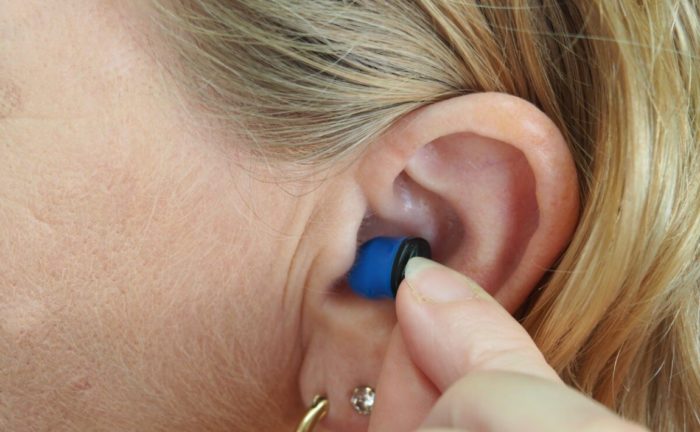
The Hearing Aid Branding Battle
Hearing aids are in the news this week, as the FDA announced new rules allowing people to buy some of the devices over the counter. Previously you needed a prescription.
This simple rule change will transform the industry.
Hearing Aid Branding
Here is a simple quiz about hearing aid brands.
1. How many brands of hearing aids can you recall?
2. What is the premium brand of hearing aids? What is the discount brand?
3. Who owns these brands?
If you didn’t do very well on that unaided quiz, let’s make it easier and consider aided brand awareness.
Which of these hearing aid brands are you familiar with? Jones, Anta, Widex, Ramya, Oris?
I suspect you didn’t do very well on the unaided quiz questions. On the aided quiz, only Widex is actually a brand of hearing aids. Hopefully you at least got that one right.
A Strange World
Hearing aids are a strange industry. It is a huge market; sales in the U.S. alone exceed 4 million units, often at a price of $3,000 to $5,000. Four million units at a price of $4,000 each would give total revenues of $16 billion.
The primary target base is older people, a group that is often overlooked when it comes to trendy marketing. A few huge companies dominate the industry. In a curious twist, many of them are based in Denmark. The big Danish players include Demant (Oticon brand), GN Store Nord (Resound brand) and WS Audiology (Widex and Signia). Starkey is a large U.S. based player.
Historically, hearing aids were sold through audiologists, a group of trained and licensed medial professionals. Indeed, the only way someone could buy a hearing aid was with a prescription. As a result, companies focused on professional marketing since audiologist recommendations counted more than consumer preference. There has been very little consumer brand building or marketing in the industry.
The focus on professional marketing limited competition. The barriers to entry were enormous, and motivation to switch was low. All the players manufactured good products and adopted new technology as it came along.
The New Rules
This week the FDA announced that consumers could soon purchase some hearing aids over the counter. It would no longer require a visit to an audiologist for a test and fitting.
This changes the situation dramatically. Now someone will be able to simply walk into a Walgreens, buy a hearing aid and start it up.
It is a new game.
The Outlook
Does this mean you should run out and start a hearing aid company? Perhaps.
I suspect it would not be difficult to manufacture a decent hearing aid. Many companies do it, and the world is presumably full of people who used to work at these firms and are familiar with the technology. It would also be easy to assemble an advisory board of respected audiologists and develop an innovative brand. A strong spokesperson, some social media influencer support, and off you go.
But the big question is this: how will the existing players respond? Will they defend?
If the established players defend their business, they could block new entrants. Remember, these are huge, immensely profitable companies. WS Audiology, for example, has over the 2 billion euros a year in revenues and over 400 million euros in profit. The companies have deep expertise in the industry and strong connections with key players. If the established players are aggressive, they could easily protect their business.
Indeed, while some say the new rules will lead to more competition, it might have the opposite effect. The industry might consolidate, and just one large player takes over. This is what happened with glasses and Luxottica.
But if the established players don’t defend, then there is an opportunity for new entrants and innovation. An intriguing, fun brand could fundamentally change the industry. Why are hearing aids just for older people? What is the difference between an ear bud that plays music and a hearing aid? When you look at the amazing range of innovative new direct to consumer brands on the market, it is easy to see the opportunity.
So, will the established players defend? I suspect not. These are old, privately owned companies. Consumer marketing is intimidating. These firms have never been great at consumer branding. The required spending will seem unreasonable.
As HBS professor Clay Christensen warned, there is a huge incentive for established players to focus on the existing business, even if that means not investing in innovation.
Call Me
If you’d like to start a new entrant in the space, give me a call. I suspect this could be great fun and a big opportunity.
Comments RSS Feed